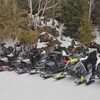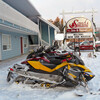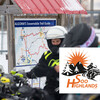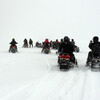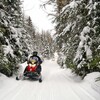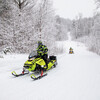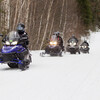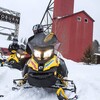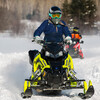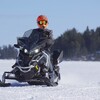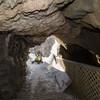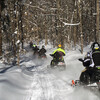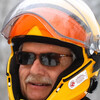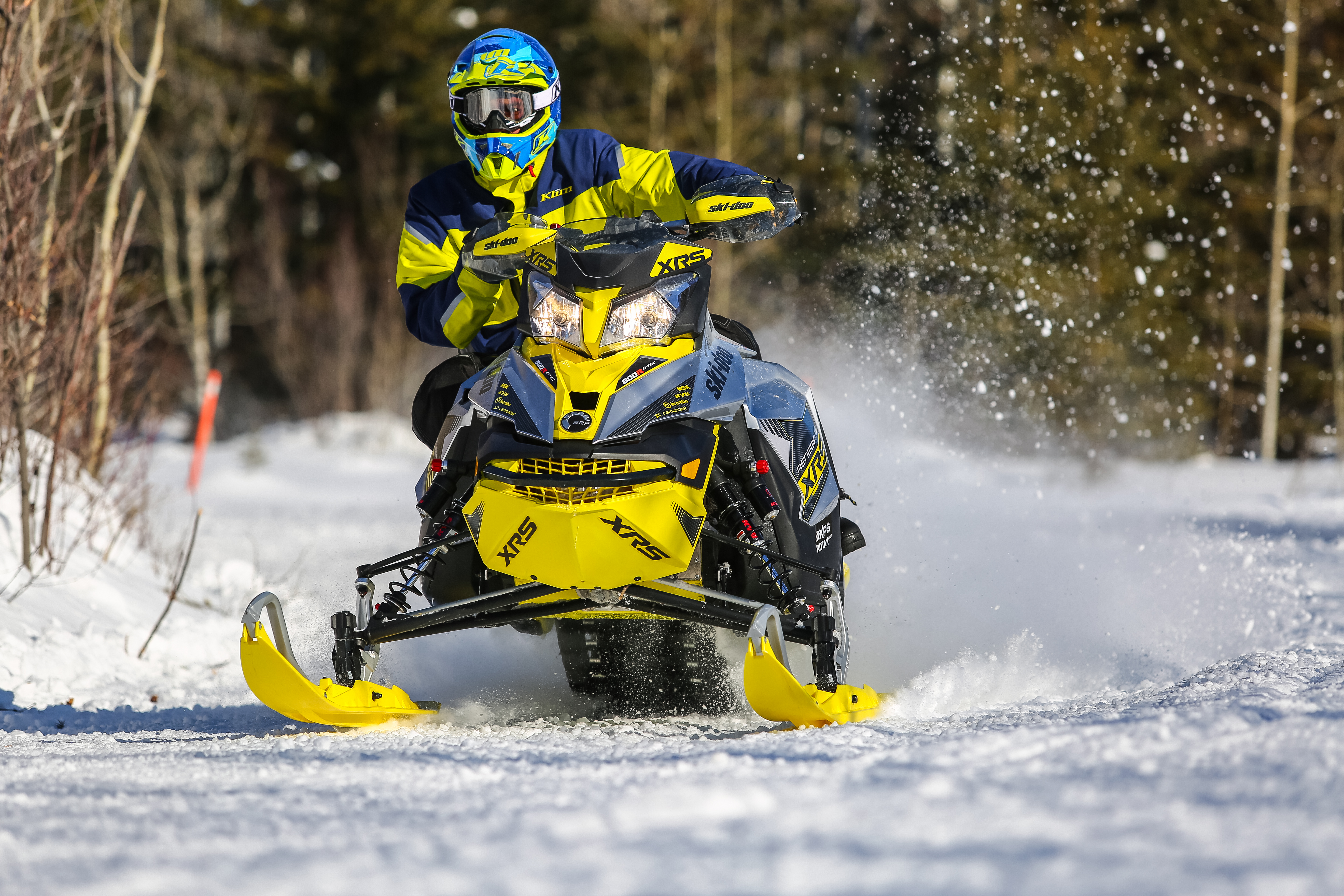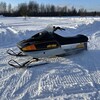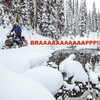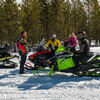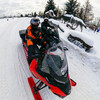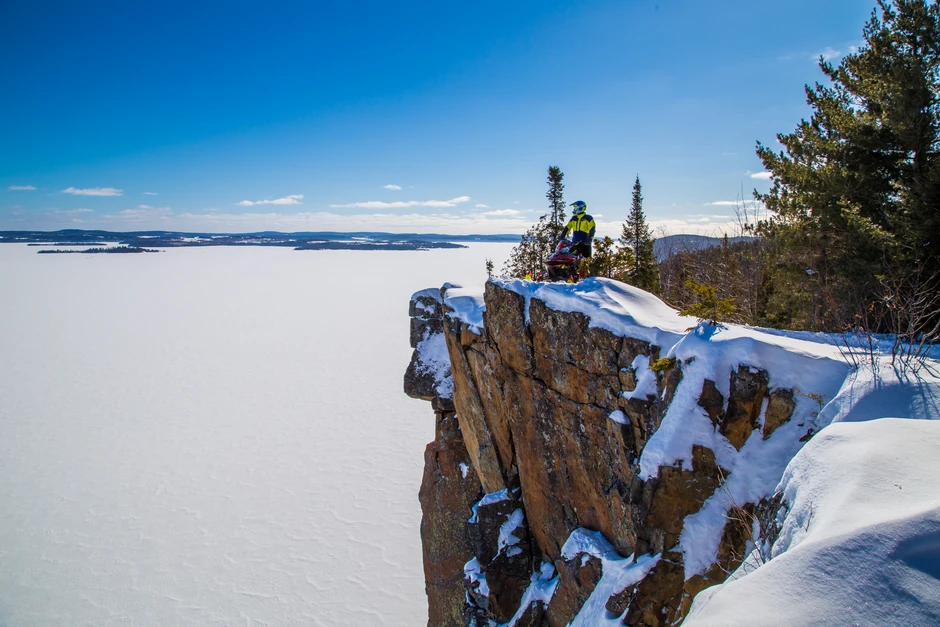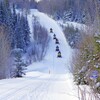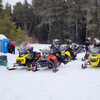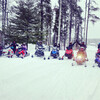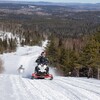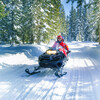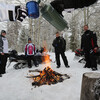
10 Snowmobiling Safety Tips and Smart Choices for Ontario Trail Riding
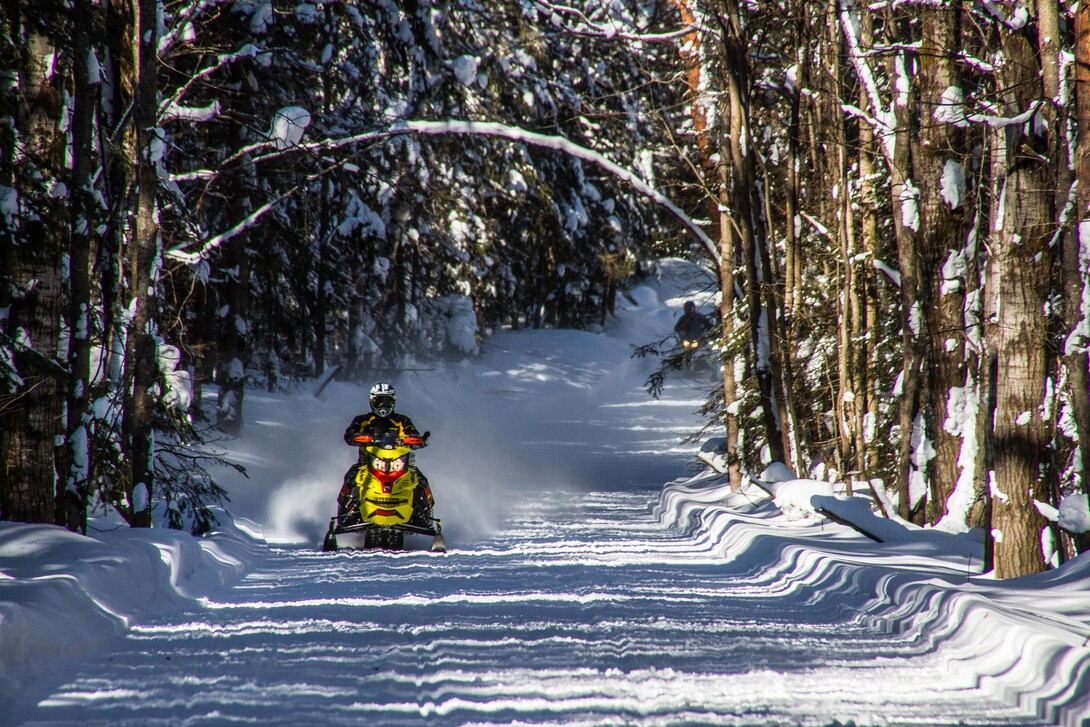

Each winter, snowmobilers ride an estimated 150 million km on OFSC snowmobile trails in Ontario. During these rides, sledders are constantly making many important decisions that can impact their personal well-being and that of others, as well as their enjoyment of the trails.
So during International Snowmobile Safety Week, January 13-21, 2024, it’s appropriate for all of us to remind ourselves about obeying applicable laws and rules, using good common sense, riding with care and control, and making smart choices. Here are 10 tips that can make you a better rider and help you arrive home safely after every ride…
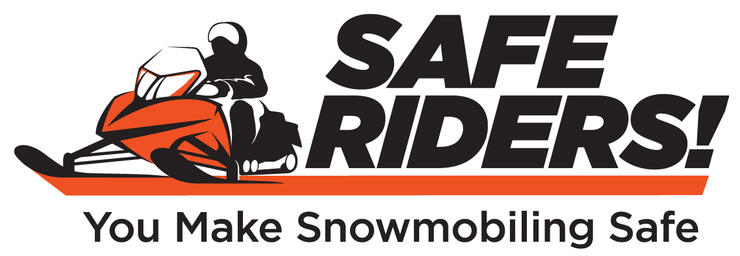
Know the Scenario
Like other motorized recreational activities, snowmobiling poses certain inherent risks. It occurs off-road in an unpredictable, uncontrollable, and wild natural setting, so each snowmobiler must always expect the unexpected, be prepared and avoid unnecessary risks.
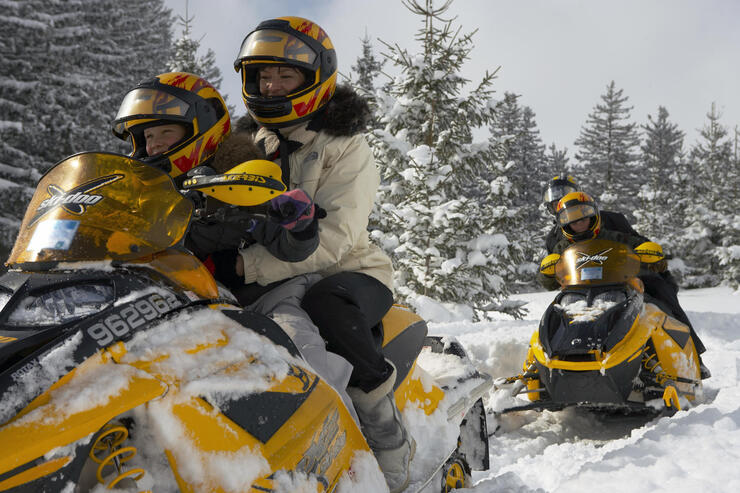

Choose Your Time and Place
A defined organized trail may be available, but it’s your choice whether to ride there or not. In a non-engineered setting, conditions change rapidly due to varying temperature, sudden storms, snow quality, terrain, heavy usage, or variables like drifts and fallen trees.
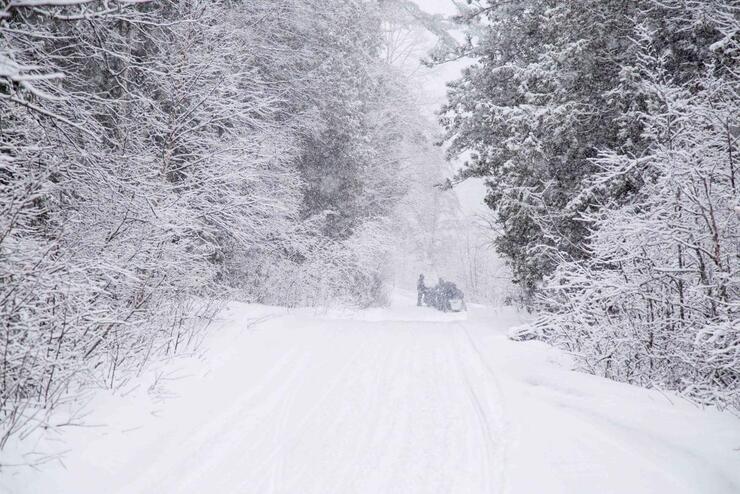
So do your homework before riding and make your own choice about if, when, and how to ride based on the conditions at the time. If your decision is to go snowmobiling after carefully evaluating all factors and variables, you (operator and/or passenger) willingly assume any risks and all responsibility for what may happen if you choose to proceed.
Choose Good Visibility
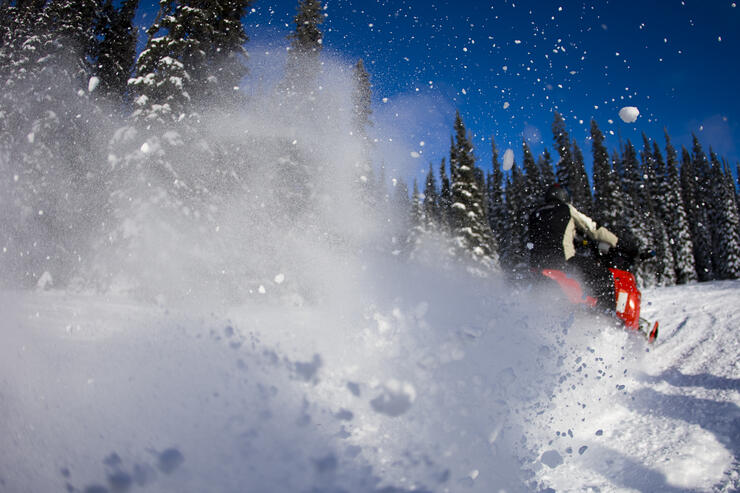
Just like with driving a car, your eyes provide most of the information your brain processes for good judgments and quick reactions while snowmobiling. But on the snow, many factors can severely limit your ability to see properly, including snow dust, white-outs, heavy snow or freezing rain, sun glare, flat light or fog; fogging or icing of visor and/or eyeglasses, and darkness or over-riding your headlights.
The fact that everything’s white can also hamper your usual depth perception or ability to identify or distinguish things quickly and easily. When visibility is less than optimal, it’s up to you to decide whether to go or whether to continue.
Spread Out
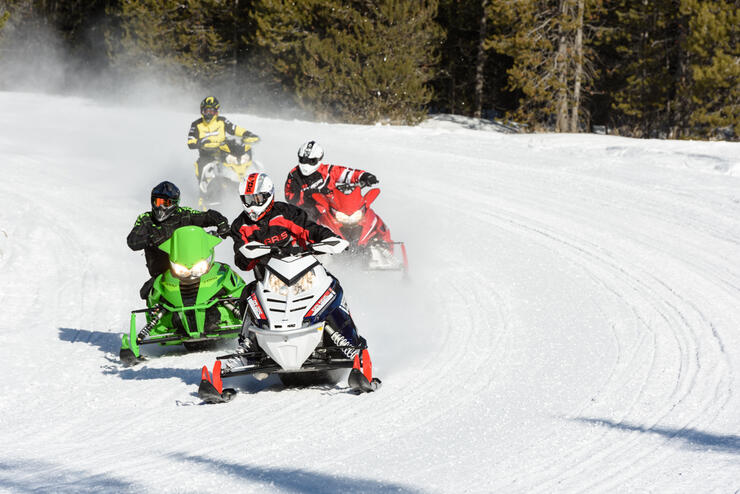
Too often, a group of snowmobilers rides so close to each other that it looks as if their sleds were linked together like a freight train. Driving too close on the road is called tailgating, and is against the law because of the associated dangers. When tailgating, you are totally at the mercy of the person ahead—how fast that rider can react to whatever’s ahead, and how fast you can react to that reaction. Tailgating jeopardizes your own ability to make a quick choice and cuts your reaction time, leaving you vulnerable to the actions of others. So keeping a safe distance from other riders is the smart choice.
Be Vigilant
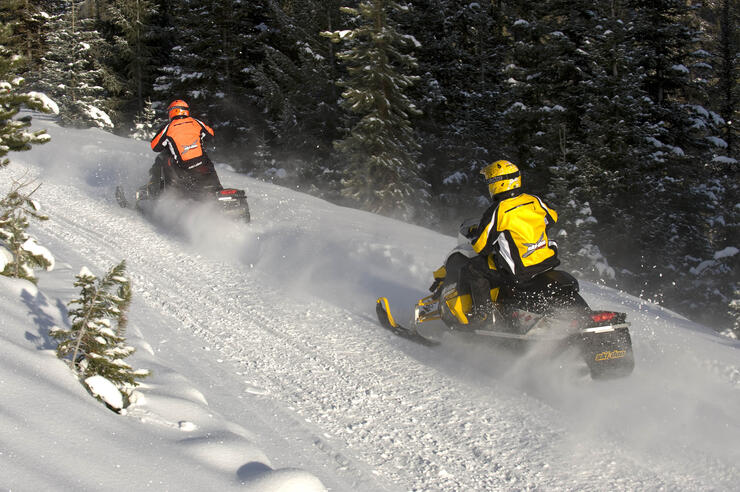
While riding, it’s important to practice 360˚ situational awareness. Simply put, you always need to know what’s going on around you to be able to properly assess your position and your next moves. Target fixation occurs when a rider’s eyes become locked on one object ahead, to the exclusion of everything else. This semi-hypnotic state happens while tailgating, staring too long at one thing ahead, or if everything is white on white.
Being tired or impaired can play a role, too. Stay alert by moving your eyes around constantly and always checking around you, but if fixation persists take a break. When trail riding, you’re also responsible for the rider behind you, and the easiest way to keep track is to use mirrors.
Use Hand Signals
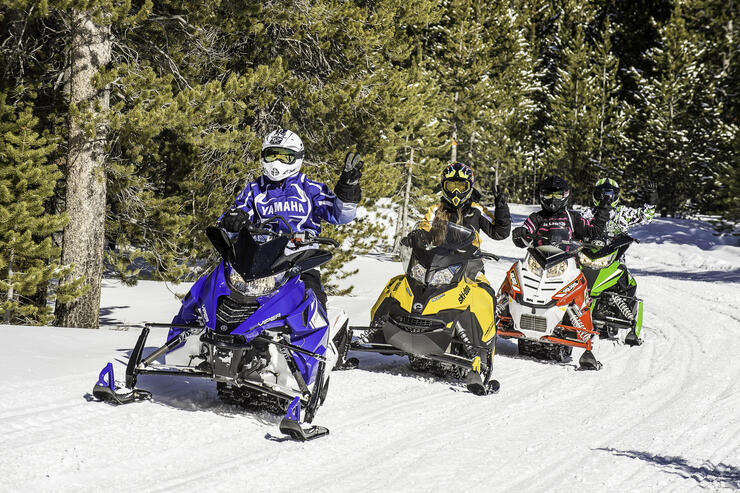
Snowmobilers developed and adopted a set of hand signals to inform following and oncoming riders of our intentions. Habitual use of the hand signals is both the courteous and responsible choice, so get in the habit of using them.
Keep Your Wits
Smart choices, good judgment, constant vigilance and sharp reactions are the four keys to snowmobiling without incident. It’s a proven fact that alcohol and drugs impair each of these key driving functions, so keep your wits about you by making the personal choice not to drink or use drugs while sledding.

Keep Right
By choosing to deliberately and constantly keep your sled on the right side of the trail, you’ll dramatically increase your chances of staying out of harm’s way.
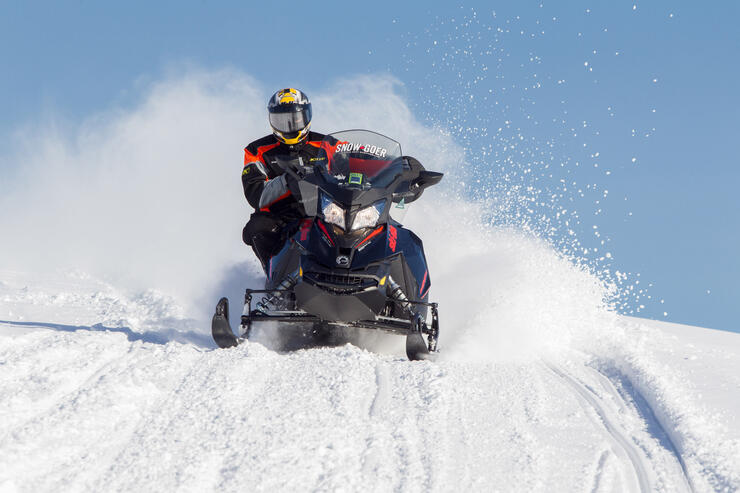
Stay on the Trail
Year after year, the statistics show that staying on the trail is safer than riding anywhere else. Yes, a trail is still a non-engineered, unpredictable place where anything can happen unexpectedly, but where an organized trail is available for riding, it’s generally a smarter choice than venturing off-trail on fields or roads.
Know Before You Go
No ice is completely safe. If you choose to cross anyway, you can reduce the personal risk you are accepting. Always cross in good visibility conditions, and try to follow a stake line and/or previously beaten track. Spread the sleds in your group out slightly more than usual, so that riders behind have additional reaction time if someone ahead gets into difficulty. Don’t stop until you reach the far shore, and then regroup to ensure that everyone made it across safely.
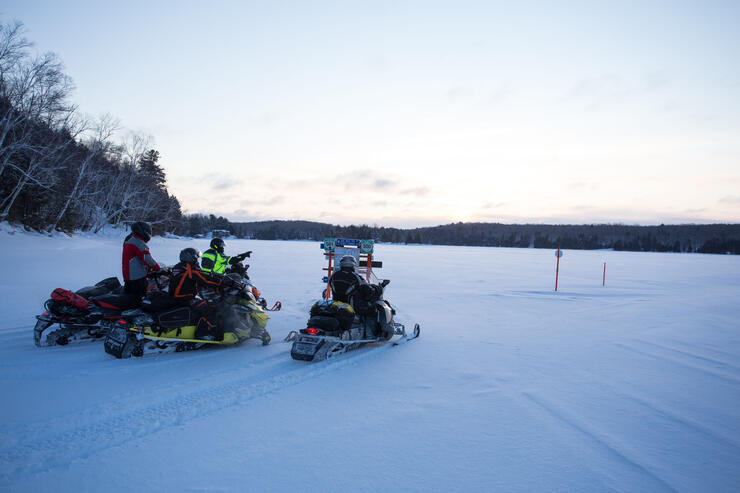
Never cross alone. If you stray off the hard pack, you run a greater risk of encountering slush, hidden obstacles, ice huts, pressure ridges, thin ice, or even open water. Keep a sharp eye out for ice heaves and ice roads. Above all, know before you go!
Be Prepared
The best plans will have you prepared in the event that an incident occurs. You can help ensure your personal safety with preparations like filing a ride plan before leaving home, carrying a reliable communications device and a personal tracking unit, always riding with an emergency/survival kit, and packing spare parts and a tow rope. Many of the safety tips are all about being prepared to the best of your ability, and then to remember to have fun while riding within your capabilities—and not letting peer pressure lure you into poor choices.
*Ontario law requires a snowmobile entering an OFSC Prescribed Snowmobile Trail to display a valid Ontario Snowmobile Trail Permit.
Recommended Articles
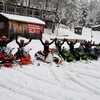
The Best Snowmobile-Friendly Lodges
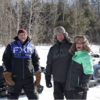
I Rode the Explorers Snow Tour in Ontario and Here’s What It Was Like
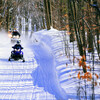
Why Ontario is One of the Best Snowmobile Destinations in the World
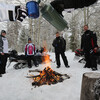
Qu'est-ce qu'il y a au programme cet hiver?
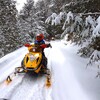
5 Weekend Snowmobile Getaways Near the GTA
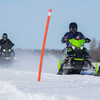
31 Ways To Get In The Know About Snowmobile Trail Riding in Ontario
The Snowmobiling Winter Weather Forecast 2023/2024

A Beginner's Guide to Snowmobile Lingo
